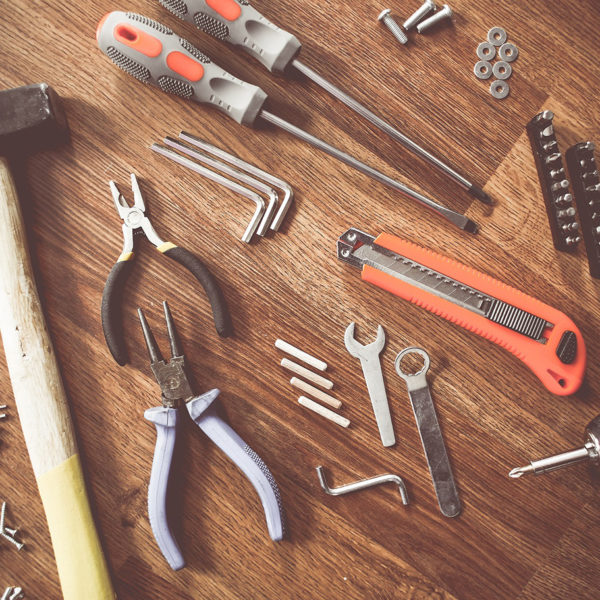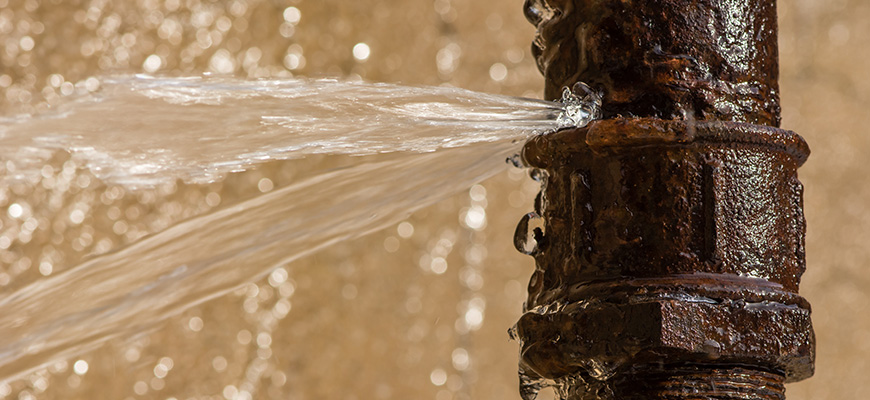Plumbing problems can be a real headache, and it’s always best to be prepared. Whether it’s a leaky faucet or a clogged drain, having the right tools on hand can make all the difference in tackling routine plumbing maintenance. But with so many options available, it can be overwhelming to know which tools are essential. Fear not! In this article, we’ll be sharing the top 5 must-have plumbing tools that every homeowner should have in their toolkit. From wrenches to pliers, we’ll guide you through the basics of what you need to get the job done right. So, whether you’re a seasoned DIYer or a newbie to the world of plumbing, read on for our expert advice on the essential tools you need to keep your pipes flowing smoothly.
Before we dive into the essential tools for plumbing maintenance, it’s important to understand why having the right tools is crucial. In plumbing, having the right tools can make all the difference between a simple fix and a costly mistake. Using the wrong tools can damage your pipes, fittings, and fixtures, leading to expensive repairs down the line. Moreover, having the right tools can save you time, money, and frustration by allowing you to complete tasks quickly and efficiently.
Investing in a good set of plumbing tools is a must for any homeowner who wants to be prepared for routine maintenance and minor repairs. While it may seem like an unnecessary expense, the cost of hiring a professional plumber can be much higher than the cost of investing in a good set of plumbing tools. Plus, having the right tools on hand can give you the confidence to tackle plumbing problems on your own, saving you even more money in the long run.
Essential Plumbing Tools for Routine Maintenance
Now that we understand the importance of having the right tools, let’s take a look at the top 5 essential plumbing tools every homeowner needs for routine maintenance.
#1: Plunger
A plunger is perhaps the most basic yet essential plumbing tool every homeowner should have in their toolkit. This tool is used to unclog toilets, sinks, and showers by creating suction and dislodging the blockage. Plungers come in two types: cup plungers and flange plungers. Cup plungers are used for sinks and showers, while flange plungers are used for toilets.
When using a plunger, it’s important to create a good seal around the drain or toilet bowl to create suction. Pump the plunger up and down to create pressure, then release to create suction. Repeat this process several times until the blockage is cleared. If the blockage persists, you may need to use a plumbing snake.
#2: Pipe Wrench
A pipe wrench is another essential plumbing tool that every homeowner should have in their toolkit. This tool is used to tighten and loosen pipes and fittings, making it indispensable for any plumbing project. Pipe wrenches come in different sizes, so it’s important to choose the right size for the job.
When using a pipe wrench, it’s important to grip the pipe or fitting firmly to avoid damaging it. Turn the wrench in the direction you want to tighten or loosen the pipe or fitting. Be careful not to apply too much force, as this can damage the pipe or fitting.
#3: Adjustable Wrench
An adjustable wrench is a versatile tool that can be used for a variety of plumbing tasks, from tightening nuts and bolts to removing showerheads and faucets. This tool is adjustable, allowing you to use it on different sizes of nuts and bolts.
When using an adjustable wrench, it’s important to adjust the jaws to the right size for the job. Grip the nut or bolt firmly and turn the wrench in the direction you want to tighten or loosen it. Be careful not to apply too much force, as this can damage the nut or bolt.
#4: Teflon Tape
Teflon tape is a thin, white tape that is used to seal pipe threads and prevent leaks. This tool is essential for any plumbing project that involves pipe fittings. Teflon tape is easy to use and can save you from costly leaks down the line.
To use Teflon tape, wrap it around the pipe threads in a clockwise direction, making sure to cover all the threads. Be careful not to wrap the tape too tightly, as this can cause it to break. Screw the fitting onto the pipe, tightening it firmly but not too tight.
#5: Plumbing Snake
A plumbing snake is a long, flexible tool that is used to clear stubborn clogs in drains and pipes. This tool is especially useful for clogs that cannot be cleared with a plunger.
When using a plumbing snake, insert it into the drain or pipe and turn the handle to feed it through the clog. Once you reach the clog, turn the handle in the opposite direction to dislodge the blockage. Pull the snake out of the drain and dispose of the blockage properly.
Tips for Using Each Tool Effectively
Now that we’ve covered the essential plumbing tools, let’s take a look at some tips for using each tool effectively.
- When using a plunger, make sure to create a good seal around the drain or toilet bowl to create suction.
- When using a pipe wrench, grip the pipe or fitting firmly to avoid damaging it.
- When using an adjustable wrench, adjust the jaws to the right size for the job and grip the nut or bolt firmly to avoid damaging it.
- When using Teflon tape, wrap it around the pipe threads in a clockwise direction and screw the fitting onto the pipe firmly but not too tight.
- When using a plumbing snake, insert it into the drain or pipe and turn the handle to feed it through the clog. Turn the handle in the opposite direction to dislodge the blockage.
By following these tips, you can use each tool effectively and avoid costly mistakes.
Conclusion: Investing in the Right Tools for Plumbing Maintenance
In conclusion, having the right tools is essential for any plumbing project. By investing in a good set of plumbing tools, you can save time, money, and frustration by tackling routine maintenance and minor repairs on your own. The top 5 essential plumbing tools every homeowner needs for routine maintenance are a plunger, pipe wrench, adjustable wrench, Teflon tape, and plumbing snake. By using these tools effectively and following our tips, you can keep your pipes flowing smoothly and avoid costly repairs down the line.


